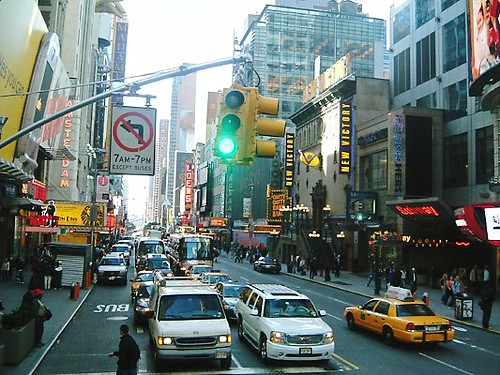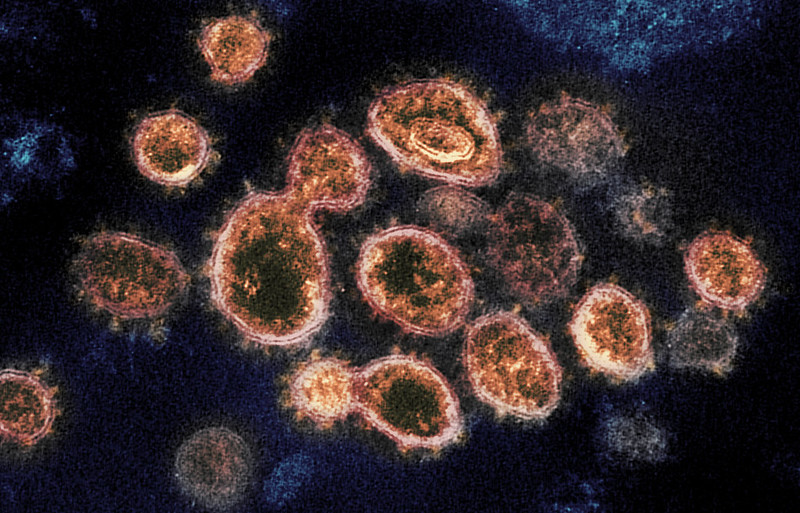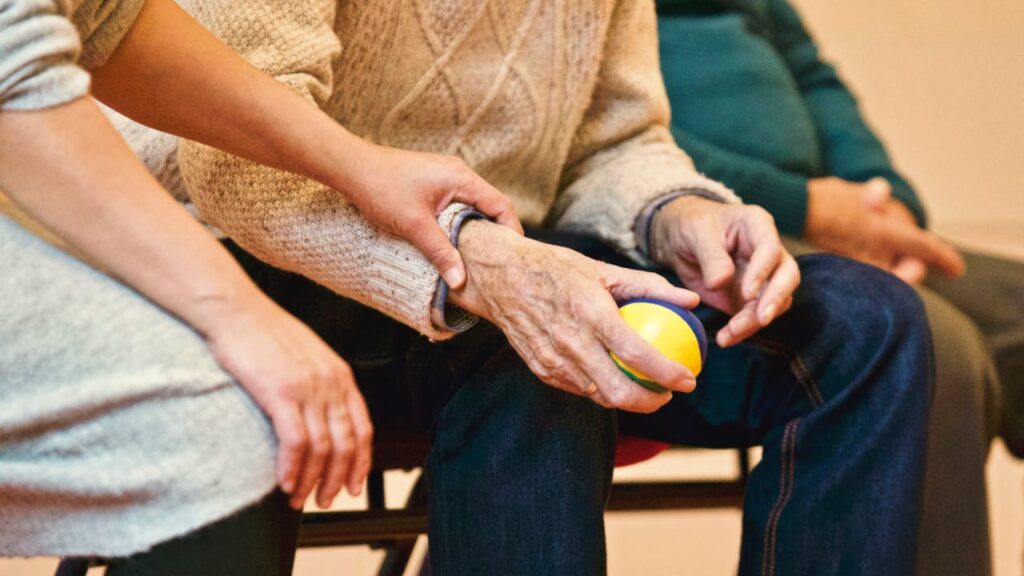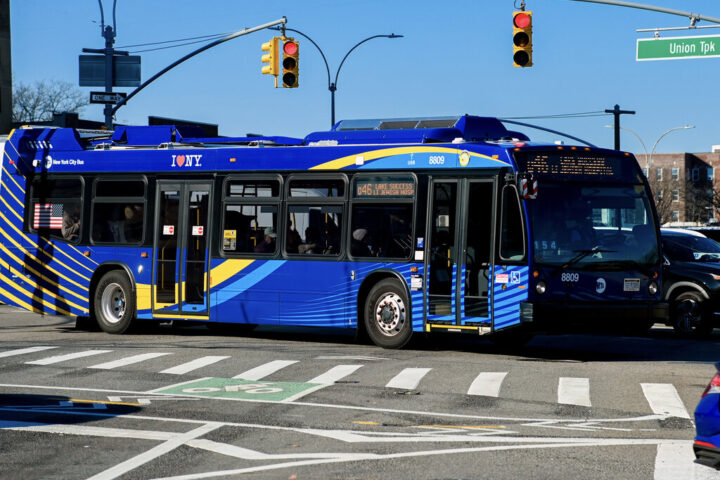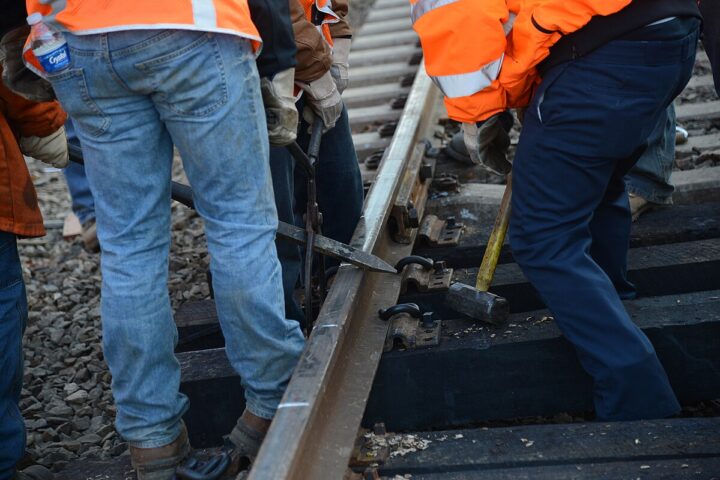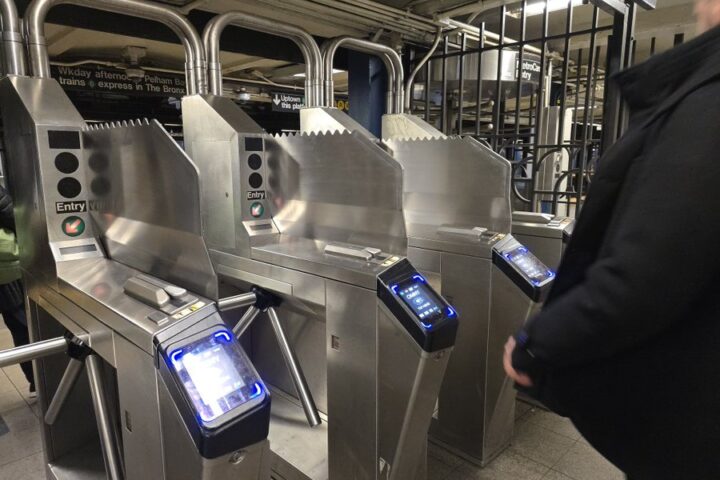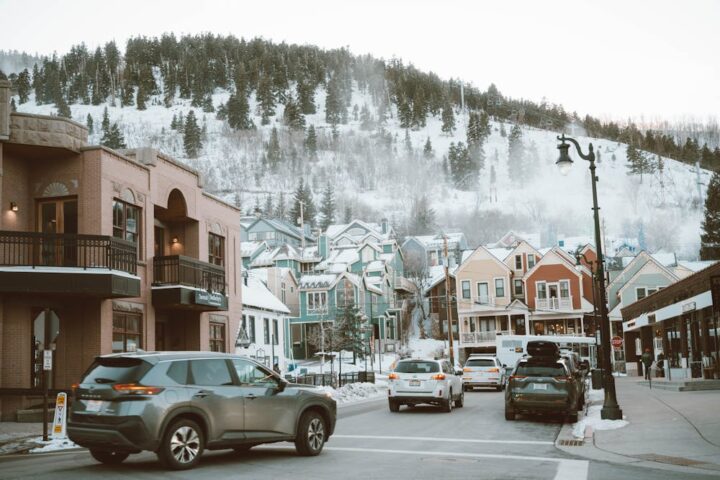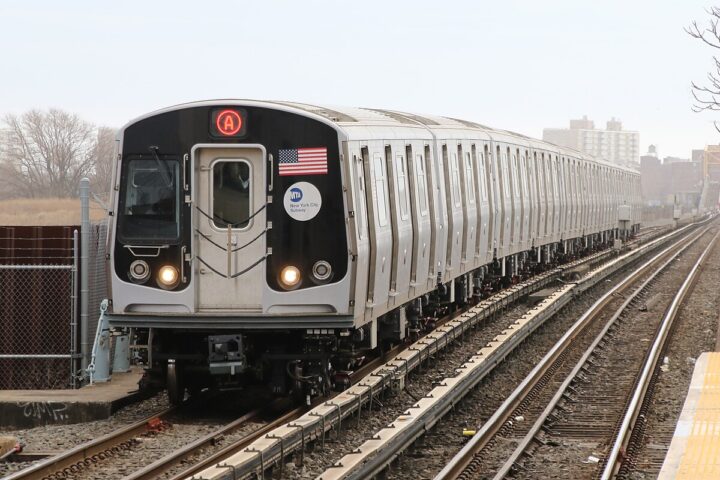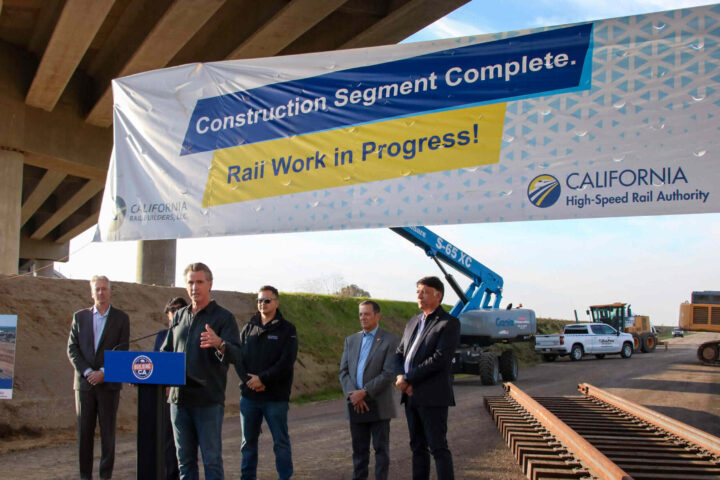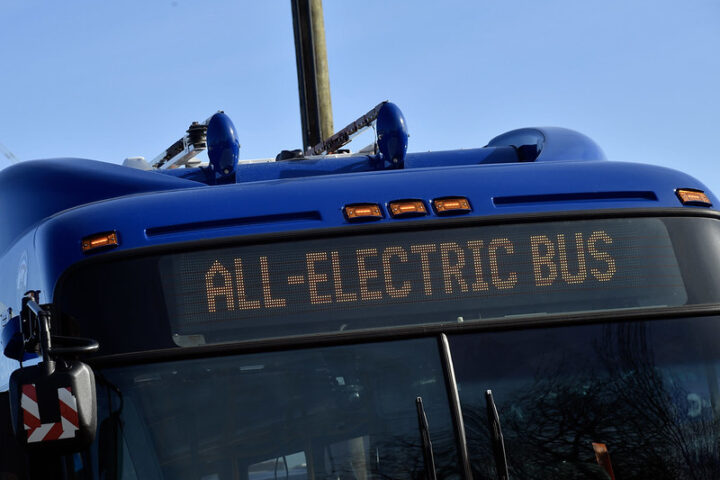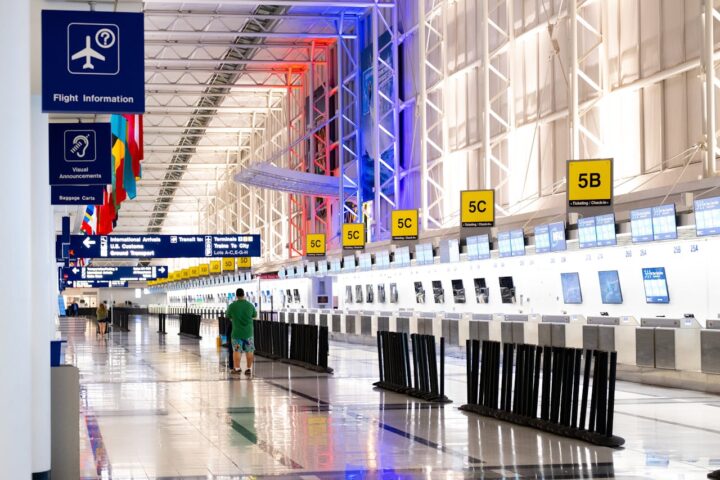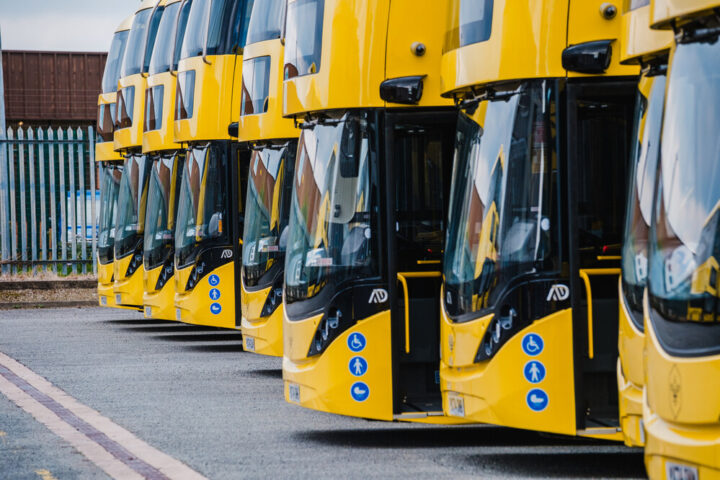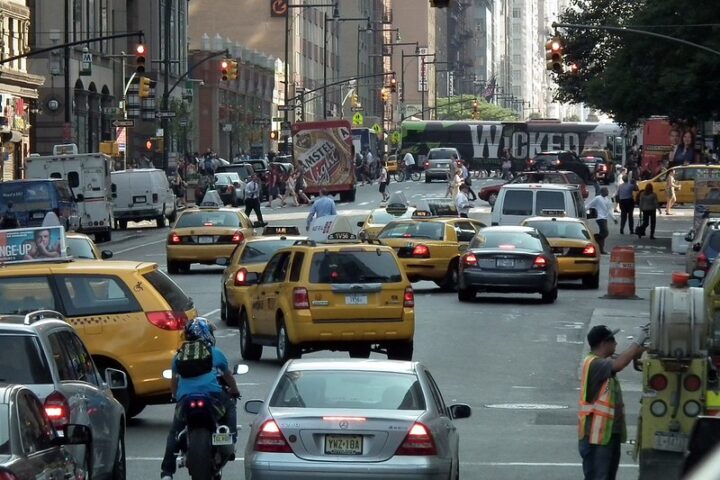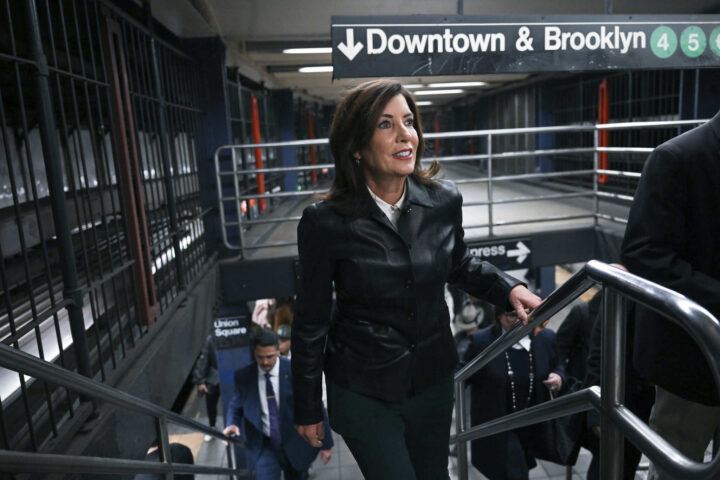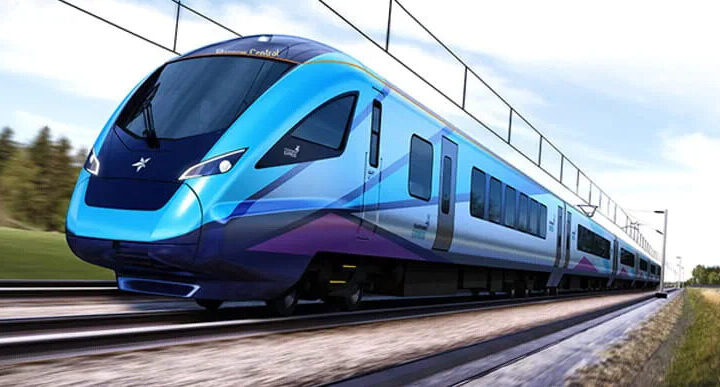Getting around New York City is getting easier, faster and more secure. Recent data from the Metropolitan Transportation Authority (MTA) shows three big improvements that are changing how people move through the city.
The new congestion pricing system, called the Congestion Relief Zone (CRZ), has kept over a million cars out of busy Manhattan streets since January 5th. This means faster trips for everyone – drivers are spending 10-30% less time crossing into Manhattan. The Holland Tunnel, which used to be a major bottleneck, now moves 48% faster during morning rush hour.
These clearer streets are a game-changer for bus riders. Express buses are arriving up to 10 minutes earlier than before. More people are noticing – weekend bus ridership is up 21%. The X27 bus route between Bay Ridge and Manhattan shows how dramatic this change is – 15% more riders on weekdays and 55% more on weekends. “People are voting with their feet,” says NYC Transit Chief of Operations Planning Christopher Pangilinan, explaining how commuters are choosing buses now that they’re more reliable.
The MTA is also winning its battle against fare evasion – fewer people are sneaking onto trains and buses without paying. Subway fare jumping dropped 26% in the last half of 2024, while bus fare evasion went down 9.1%. This means more money to maintain and improve service for everyone who relies on public transit.
Similar Posts
Better security and new technology are making this possible. The NYPD issued 143,100 TAB summonses for subway fare evasion in 2024, a 96% increase from 2019. The MTA is also installing modern fare gates at 20 busy stations this year. When they tried these new gates at the Sutphin Blvd-Archer Av station, 20% more people paid their fares compared to 2023.
The traffic pattern changes show interesting shifts in how people use the roads. Most vehicles entering the congestion zone (57%) are regular cars, followed by taxis and ride-share services (36%). Data shows that motorists are shifting their travel to the overnight period, which helps reduce daytime traffic jams.
These improvements create a ripple effect throughout the city. When buses run on time, people can better plan their days. When more riders pay their fares, the MTA has more resources to maintain and improve service. Clearer streets mean better traffic flow for everyone in the city.
